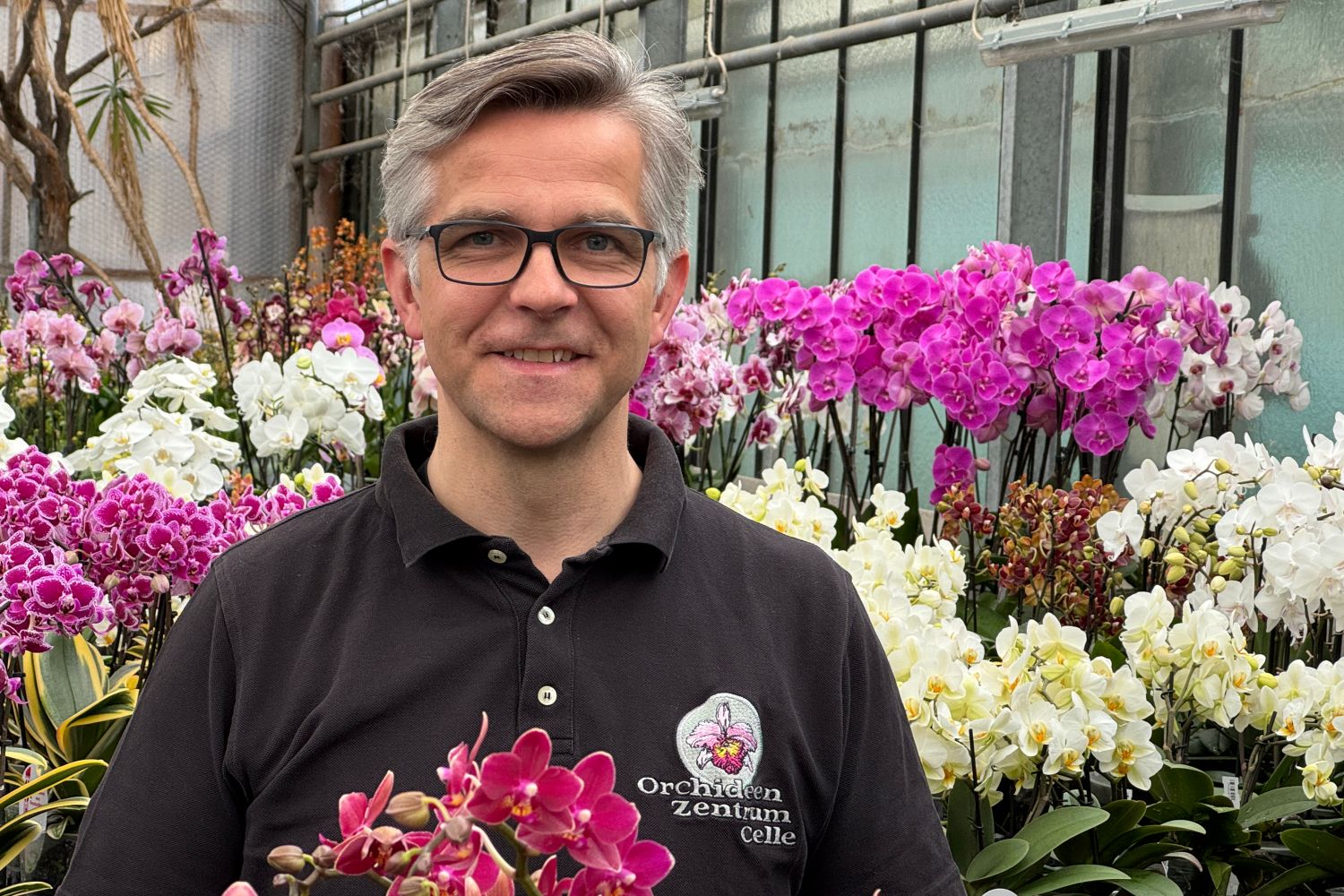Recently, we were asked for a customer project. It was about equipping a retail store with our air-purifying plants. The challenge: A large window front at the front, but no sunlight at the back of the store, only electric light.
This raised the question: What to do to let green plants grow and thrive there? The answer: You need plant lamps. Below is a detailed compilation with all the necessary information about it.
What are plant lamps?
Definition and basic principle
Plant lamps are special light sources that produce artificial light with specific wavelengths – ideally matched to the needs of plants for photosynthesis and growth. They provide targeted light in the blue and red spectrum that plants can use for energy production.
Why do you need lamps for green plants?
Especially in low-light seasons or apartments with little sunlight, plant lamps provide optimal growth conditions. They replace sunlight and promote healthy, compact plants and abundant flowering.
The different types of plant lamps
LED plant lamps
LEDs are energy-efficient, durable, and have a customizable light spectrum – ideal for indoor gardeners. They are the most popular choice for anyone who wants to effectively illuminate plants.
Fluorescent lamps (CFL)
Affordable and easy to handle, but with limited light intensity. Suitable for small plants or as supplementary lighting.
Sodium vapor lamps (HPS)
Very powerful for the flowering phase, but high power consumption and strong heat generation – rather for professionals.
Halogen metal halide lamps (MH)
Promote vegetative growth. Good for seedlings, but like HPS only usable with additional technology.
Light colors and spectra
PAR – Photosynthetically Active Radiation
PAR describes the light range (400–700 nm) that plants use for photosynthesis. Plant lamps are optimized to deliver exactly this spectrum.
Blue light vs. red light: effect on plant growth
- Blue light – ideal for vegetative growth.
- Red light – promotes flowering and fruit formation.
Full Spectrum Lamps – All-rounders for Indoor Gardeners
These LEDs combine all relevant wavelengths and are therefore ideal for all growth phases – from cultivation to harvest.
Applications of Plant Lamps
Seedling Cultivation
Young plants need a lot of light. With a plant lamp, seedlings grow strong and healthy – ideal for early starters.
Illuminating Houseplants
Especially in winter or in low-light rooms, a plant lamp can ensure the survival and thriving of your favorite plants.
Urban Gardening and Indoor Farming
From herb cultivation in the kitchen to professional plant production – plant lamps enable cultivation anywhere.
Choosing the Right Plant Lamp
Depending on the Plant Type
Different plant species have different light requirements – adjust your lamp for light-loving, medium, or shade plants.
Size of the Cultivation Area
| Area | Recommended Power (LED) | Application Example |
|---|---|---|
| 0.2–0.5 m² | 20–50 W | Mini Greenhouse |
| 0.5–1 m² | 50–150 W | Herb shelf |
| 1–2 m² | 150–300 W | Grow tent |
| >2 m² | >300 W | Indoor garden |
Energy efficiency and power consumption
Modern LEDs consume significantly less power than older light sources – saving money and protecting the environment.
Installation and positioning of plant lamps
Height and distance to the plant
Proper placement is crucial. Too close? Burns. Too far? Weak growth. Ideal is 15–60 cm, depending on lamp type.
Lighting duration – How many hours per day?
Depending on the phase, 12–18 hours of light daily. A timer helps with automated control and promotes stable growth cycles.
Mistakes to avoid with plant lamps
- Too much light can damage plants.
- The wrong spectrum inhibits growth or flowering.
- Lack of ventilation leads to mold and stress.
- Inappropriate lighting duration disrupts plant development.
Top 5 plant lamp recommendations (2025)
- Spider Farmer SF-1000 – Professional quality, dimmable.
- Niello 600W – Powerful at an entry-level price.
- Roleadro 75W – Ideal for smaller areas.
- Mars Hydro TS 1000 – Best PAR values.
- Sansi 15W E27 – Simple, affordable, effective.
Plant lamps as the key to indoor success
Plant lamps enable healthy growth all year round. Whether for seedlings, houseplants, or vegetable cultivation – with the right knowledge and equipment, every corner becomes a garden paradise.
FAQs about plant lamps
1. How long should I run a plant lamp daily?
12–18 hours daily – depending on plant species and growth phase.
2. Can LED lamps burn plants?
Only with too little distance – 15–30 cm distance is safe.
3. Which plants benefit most from additional light?
Light-loving species like tomatoes, chili, orchids, herbs, tropical plants.
4. How much does running a plant lamp cost per month?
A 100W LED costs about €8–10 monthly with 16h operation.
5. Do I also need artificial lighting in summer?
Not necessarily – only needed with insufficient daylight or indoor cultivation.

The author: Peer-Arne Böttcher
Peer is the founder of AIRY and passionate about the topic of healthy indoor air. For many years, he has been intensively engaged with the scientific foundations and technical possibilities of how our breathing air can be sustainably improved – completely without chemicals, filters, or electricity.



